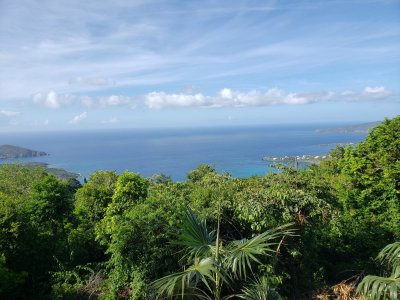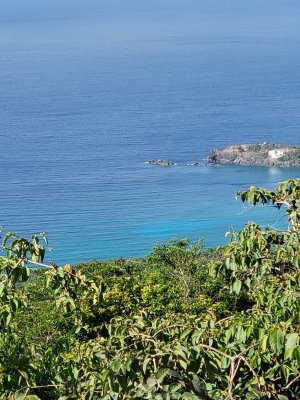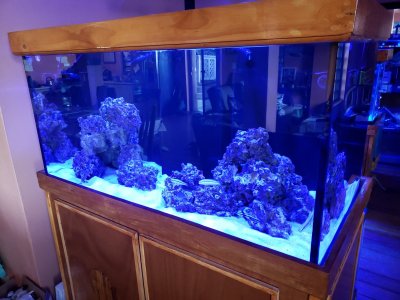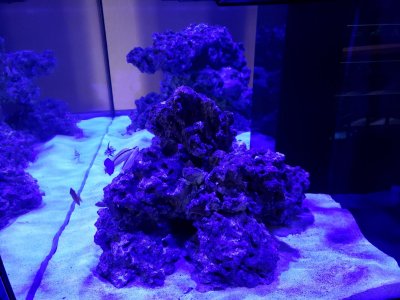- Joined
- Apr 3, 2017
- Messages
- 2,471
- Reaction score
- 3,401
Quick question Brandon, I'm going to be transferring my rock, sand and livestock to another tank in the near future. I have been having issues with algea, dinos, red slime etc. Over the past few months. I vacuum my sand weekly and blow off my rocks with a baster and I can never seem to get them as clean as I think they should be. If I rinse the rocks in fresh seawater and rinse out my sand as well as you instructed, do you think that I will have less issues going forward?























